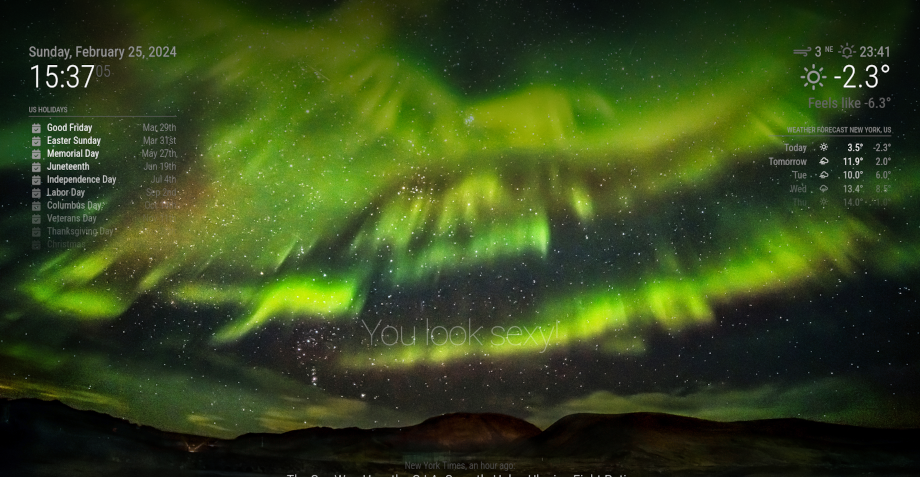@grena
Bonjour,
Bonjour @Philip-0,
Je ne comprends pas à quoi correspondent les 2 informations à renseigner : apiConsumerKey et apiConsumerSecret
Il semble y avoir eu une évolution du portail API de Météo France sans communication particulière en direction des utilisateurs (je découvre donc les nouveauté suite à ton message). Actuellement, seul un Application ID est nécessaire pour générer un token Oauth2 permettant d’accéder aux données contrairement aux 2 clés utilisées précédemment (procédure qui semble toujours fonctionnelle).
La durée de validité est d’1 heure dans le 1er cas et il faut indiquer une durée (laquelle pa ex. ?) dans le second. Est-ce à dire qu’après cette période, le module ne fonctionne plus ? Dans ce cas, que faut-il faire ?
Il n’y a rien à faire, le module va régénérer un nouveau token Oauth2 avant de récupérer de nouvelles données !
Je vous remercie par avance pour votre aide
Bref, j’ai préparé une mise à jour du module et de sa documentation pour prendre en compte ces évolutions et permettent à tous les utilisateurs (nouveaux et anciens) d’utiliser MMM-VigilanceMeteoFrance. Je dois encore tester cela avant de pousser la nouvelle version !
